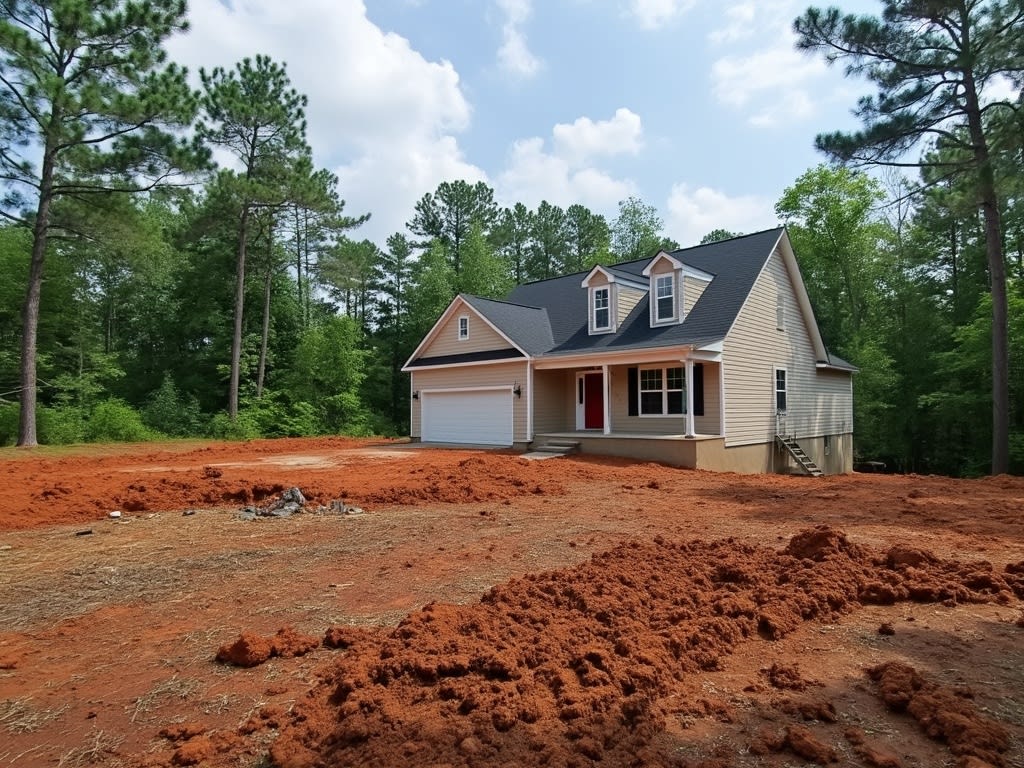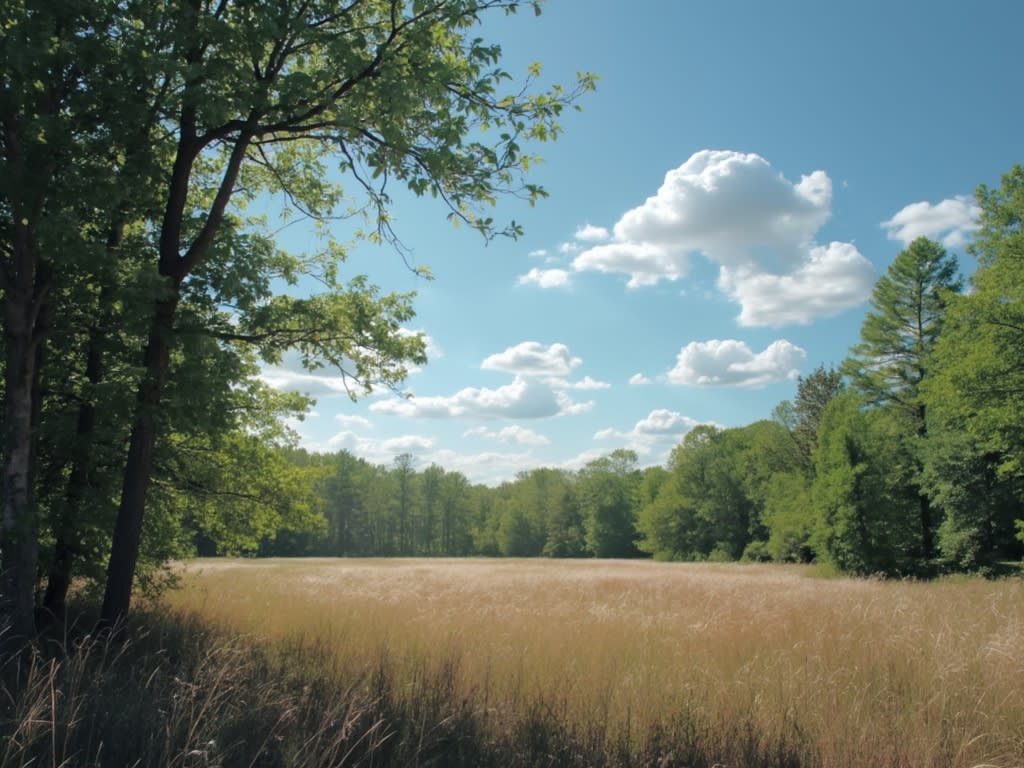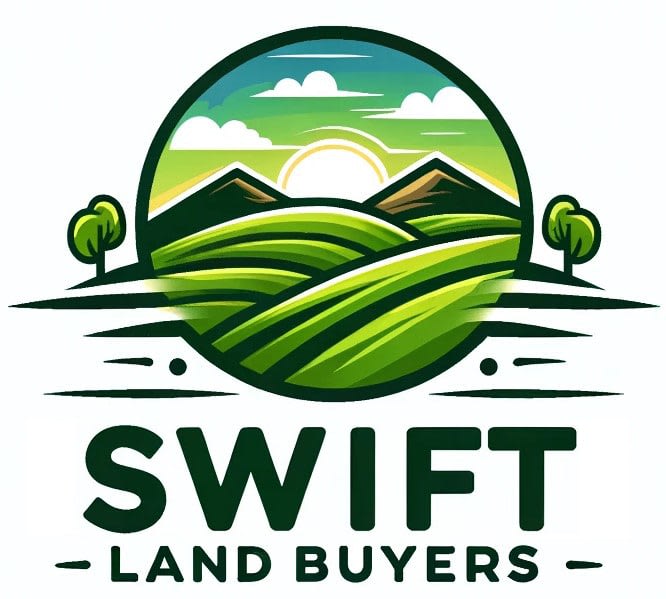Buying land in North Carolina requires careful consideration of environmental factors, including flood zones and wetlands, plus evaluation of underground conditions like soil makeup and water availability. A thorough analysis of property limitations, accurate boundary surveys, and detailed market research helps prevent expensive mistakes and potential legal challenges.
Key Takeaways
- Environmental reviews and flood zone checks must be completed first to avoid insurance problems and building limitations
- Soil percolation tests and water source assessments determine if the North Carolina property can support septic systems and wells
- Boundary surveys, typically costing $500-$1,000, protect your investment by confirming property lines and identifying any encroachments
- Local zoning regulations and property restrictions directly affect your development and usage options
- Detailed analysis of comparable sales data supports smart price negotiations and confirms fair market value
Investigate Water and Environmental Concerns First
Flood Zone Assessment
I recommend checking FEMA’s flood maps before making any land purchase in North Carolina. High-risk flood zones can significantly increase your insurance costs and building requirements. According to FEMA data, properties in special flood hazard areas need a flood elevation certificate, which adds extra expenses to your development plans.
Wetland Considerations
Several factors influence wetland classification and development potential:
- Soil composition and drainage patterns
- Presence of specific vegetation types
- Historical water levels
- Seasonal water table variations
- Distance from protected waterways
These classifications directly affect what you can build and how you can use your land. I’ve found that wetland areas often require special permits, and some portions might be completely off-limits for development. Your insurance costs could increase substantially if the property contains wetlands or sits in a flood-prone area.
The smart approach is to hire an environmental specialist to assess the land before purchase. They’ll check for water issues that might not be visible during dry seasons and can provide detailed reports about potential flooding risks. This step might seem like an additional expense, but it saves money and prevents headaches down the road. Property owners who skip these assessments often face costly surprises during development or after heavy rains.

Know What’s Underground: Soil, Septic, and Water Sources
Essential Ground Testing and Water Access
I recommend starting with soil percolation testing before purchasing land in North Carolina. This test determines if the soil can support a septic system, which directly impacts your building options and costs.
Your water source options typically include drilling a private well or connecting to city water. Well drilling costs vary based on depth and terrain, ranging from $5,000 to $15,000 for most North Carolina properties. City water access requires verification through local utility providers and often needs additional connection fees.
Here are critical underground factors to check before purchasing:
- Soil composition and drainage patterns for proper septic function
- Required depth for well drilling in your specific area
- Distance to nearest city water connection point
- Existing underground utilities or easements
- Local regulations for septic system installation
- Water table depth and seasonal fluctuations
If you’re planning to install a septic system, these factors significantly influence the total cost and feasibility. I strongly suggest getting professional soil analysis done early in your land search process. This step helps prevent costly surprises and ensures you can actually build on the property you’re considering.
Many buyers skip these crucial underground assessments, focusing instead on surface features. This oversight can lead to substantial unexpected expenses or even make the land unbuildable for your intended purpose.

Walk the Land and Check the Boundaries
Physical Inspection Essentials
I recommend visiting the property during different weather conditions, particularly after rain, to spot potential drainage issues and flooding zones. A thorough walk-through helps identify usable building areas and reveals terrain challenges that might affect construction costs.
Survey and Boundary Verification
A professional survey, typically costing between $500-$1,000, is crucial for verifying property lines and detecting encroachments. The surveyor will mark boundary corners, identify easements, and create detailed documentation of the property’s topography. Here’s what a proper survey reveals:
- Exact property dimensions and total acreage
- Existing structures or improvements
- Natural features like streams or wetlands
- Utility easements and rights-of-way
- Encroachments from neighboring properties
Don’t skip this step – boundary disputes can lead to costly legal issues and decrease property value. A survey’s cost is minimal compared to potential future complications.
Research Property Restrictions and Legal Issues
Title Research and Documentation
Legal documentation forms a critical foundation of land ownership in North Carolina. I recommend obtaining a thorough title policy to protect against potential claims, liens, or encumbrances. According to the NC Department of Transportation, deed restrictions can limit how you use your property – from building height restrictions to prohibited business activities.
Land Use and Community Guidelines
Before buying land, research these key restrictions:
- Local zoning laws that dictate permitted property uses
- Neighborhood covenants affecting architectural styles
- Setback requirements from property lines
- Environmental protection zones
- Building material restrictions
- Business operation limitations
- Minimum house size requirements
- Agricultural use permissions
These rules vary by county and development. Title insurance safeguards your investment by covering legal costs if ownership disputes arise. I always tell clients to review every restriction thoroughly – what seems like a minor limitation today could affect future plans significantly.

Get the Right Price Through Market Research
Understanding Market Value and Negotiations
I recommend analyzing comparable sales data as your first step in determining fair market value for land in North Carolina. Recent sales of similar properties within the same area will paint an accurate picture of current prices. Local real estate agents can pull detailed comparable sales reports that show price trends across specific counties and neighborhoods.
Professional appraisers bring additional value through their:
- In-depth knowledge of local zoning laws and restrictions
- Access to specialized valuation tools and databases
- Ability to factor in unique property features
- Experience evaluating seasonal market fluctuations
Armed with solid market data, you’ll be ready to negotiate effectively. I suggest leading negotiations by:
- Presenting comparable sales that support your offer price
- Highlighting any property challenges that affect value
- Making data-backed counteroffers
- Setting clear price limits based on market research
The North Carolina property market shifts based on factors like population growth, infrastructure development, and economic conditions. Staying current on these trends through local real estate publications and market reports helps ensure you make competitive offers aligned with true property values.
Consider partnering with agents who specialize in land sales. Their expertise in raw land, development potential, and rural properties proves invaluable during price negotiations and due diligence. If you’re wondering about whether North Carolina land is a good investment, researching market trends is essential.


